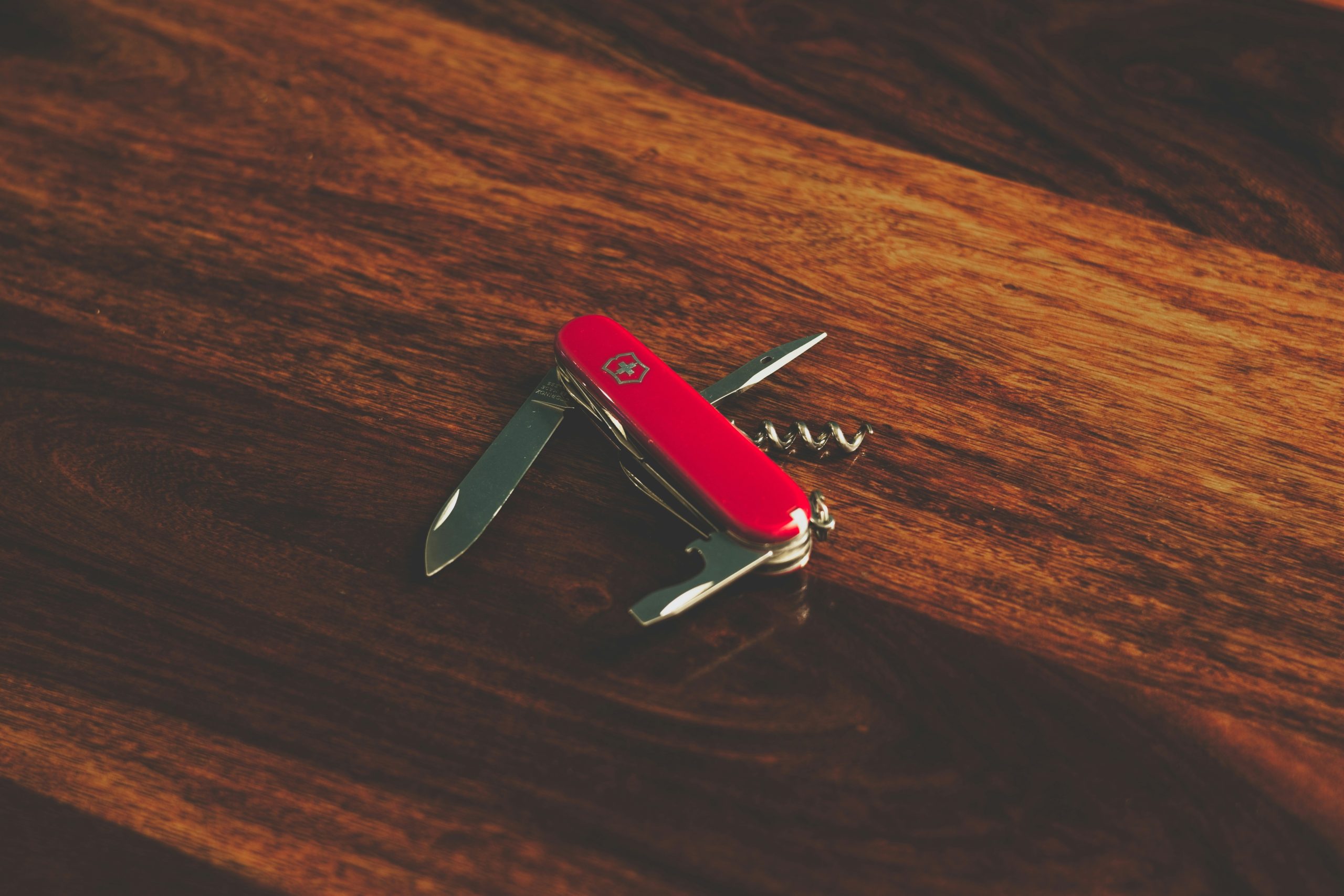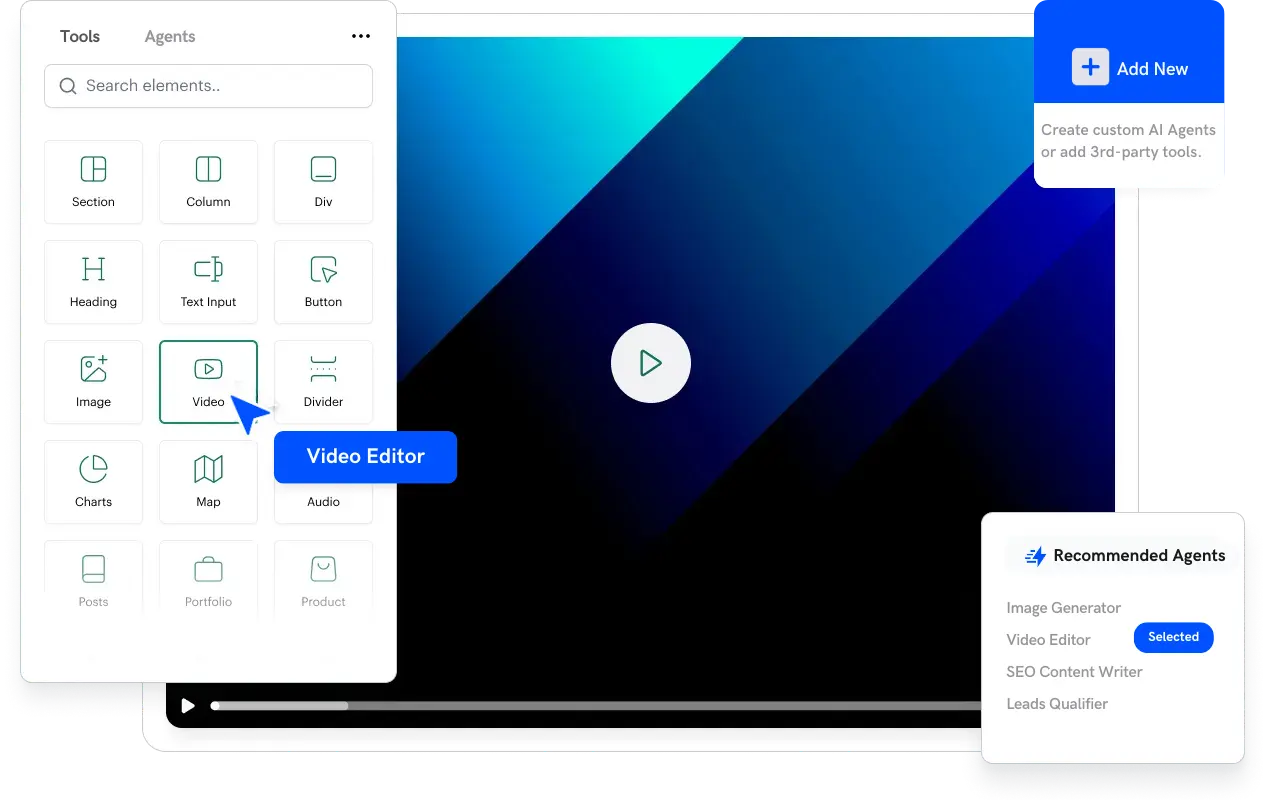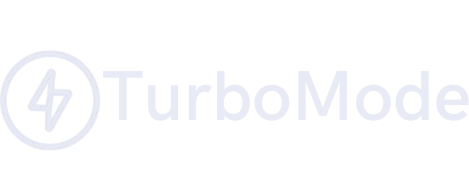In the fast-paced world of 2025, productivity strategies have evolved with the help of artificial intelligence (AI) and advanced work methodologies. Two of the most debated productivity techniques today are time boxing and multitasking. With AI-driven tools reshaping how we manage work, understanding the impact of each approach is crucial for optimizing efficiency and reducing burnout.
At Turbomode (turbomode.ai), we are pioneering AI-enabled productivity solutions that help professionals streamline workflows and manage time effectively. This article explores the latest trends in time boxing and multitasking, analyzing which method best aligns with the future of AI-enhanced productivity.
Understanding Time Boxing and Multitasking
What is Time Boxing?
Time boxing is a time management technique where you allocate fixed, dedicated time slots to specific tasks. Instead of working on something indefinitely, you set a predefined period to focus on a task and move on when the time expires, whether it’s fully completed or not.
Benefits of Time Boxing in 2025:
- AI-driven scheduling: Smart assistants analyze workloads and suggest optimal time boxes based on historical productivity patterns.
- Enhanced focus: AI-driven focus apps minimize distractions and track cognitive load to improve deep work.
- Task prioritization: Intelligent algorithms help professionals set realistic time boxes for high-priority work.
What is Multitasking?
Multitasking involves working on multiple tasks simultaneously. It often involves switching between projects, emails, calls, or writing while engaging in another activity. While multitasking was once praised as an efficient way to handle workloads, studies show it can lead to decreased productivity and increased cognitive overload.
Multitasking in 2025:
- AI-powered automation: AI now handles repetitive multitasking workloads, such as responding to emails or scheduling meetings.
- Smart notifications: AI filters and prioritizes interruptions to reduce context switching.
- Parallel tasking with AI: AI assistants can help execute secondary tasks while professionals focus on deep work.
AI’s Role in Enhancing Productivity: Time Boxing vs. Multitasking
1. Cognitive Load Optimization
- Time Boxing: AI tracks mental fatigue and suggests rest periods between focused work sessions.
- Multitasking: AI minimizes mental strain by automating secondary tasks, allowing users to focus on higher-value work.
2. AI-Powered Task Management
- Time Boxing: AI-powered schedulers dynamically adjust time boxes based on work progress and priority shifts.
- Multitasking: AI assigns simpler tasks to automation tools, reducing manual effort in juggling multiple activities.
3. Context Switching and Focus
- Time Boxing: AI-driven focus modes block distractions and ensure deep concentration on one task at a time.
- Multitasking: AI optimizes work environments by suggesting structured parallel workflows to balance multiple priorities.
The Case for Time Boxing in 2025
With the increasing complexity of work, AI-enhanced time boxing is becoming the preferred method for managing workloads. Studies in 2025 show that professionals who use AI-powered time boxing experience:
- 40% increase in task completion rates due to structured time management.
- 30% reduction in burnout by limiting cognitive overload.
- Higher accuracy in work outputs compared to multitasking approaches.
At Turbomode, our AI-powered productivity tools integrate intelligent time boxing strategies that adapt to user workflows, ensuring optimal focus and efficiency.
When Does Multitasking Still Work?
While time boxing is generally more effective, multitasking can still be useful in low-cognitive-load scenarios, such as:
- Passive listening to training materials while commuting.
- Managing automated workflows while monitoring key performance metrics.
- Engaging in light administrative work alongside AI-supported research tasks.
Choosing the Right Productivity Strategy
When to Use Time Boxing:
- Deep work requiring full attention (e.g., coding, writing, designing).
- High-priority projects with strict deadlines.
- Structured work requiring deliberate progress tracking.
When to Use Multitasking:
- Managing repetitive or automated tasks.
- Handling simultaneous communications (e.g., responding to emails during meetings).
- Performing light administrative work alongside AI-powered research.
Future Trends: AI and Productivity in 2025
The future of AI-driven productivity will further refine time boxing and multitasking approaches. Some emerging trends include:
- AI-powered time optimization: AI dynamically reschedules time boxes based on real-time productivity analytics.
- Hyper-personalized workflows: AI adapts productivity methods to individual cognitive strengths and preferences.
- Seamless AI-human collaboration: AI assists professionals by handling routine multitasking, freeing them for strategic decision-making.
Conclusion
As AI continues to transform productivity, time boxing emerges as the dominant method for optimizing work in 2025. By integrating AI into time management strategies, professionals can achieve higher focus, reduced stress, and increased efficiency. While multitasking still has its place, AI-driven automation now handles most of the workload, allowing individuals to concentrate on high-value tasks.
At Turbomode, we are committed to helping professionals embrace AI-powered productivity solutions for a smarter and more efficient future. Ready to take control of your time? Visit turbomode.ai to explore the next generation of AI-enhanced productivity tools.
Photo by Nipun Haldar on Unsplash






